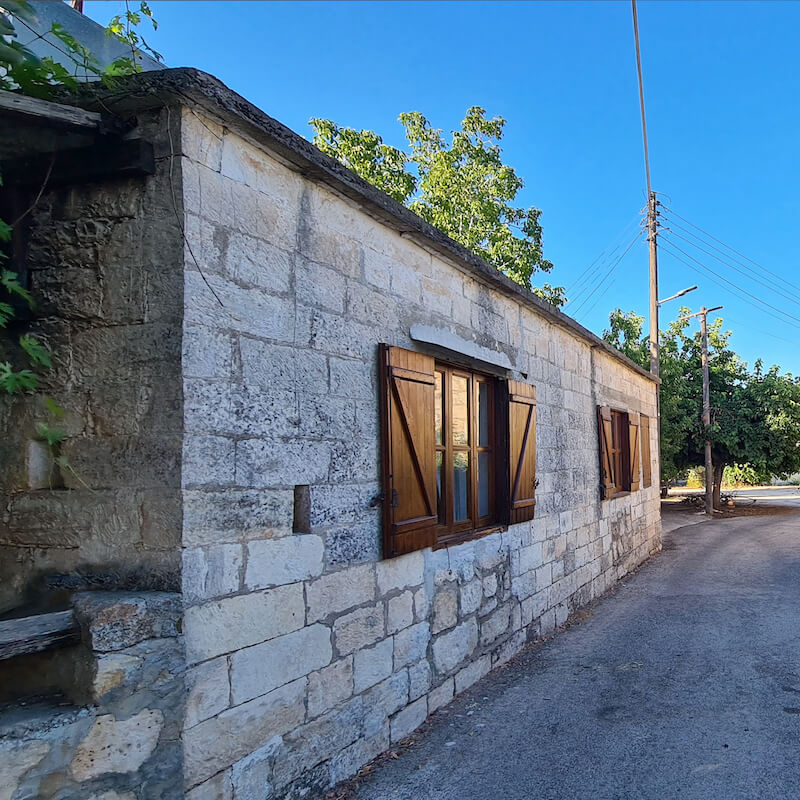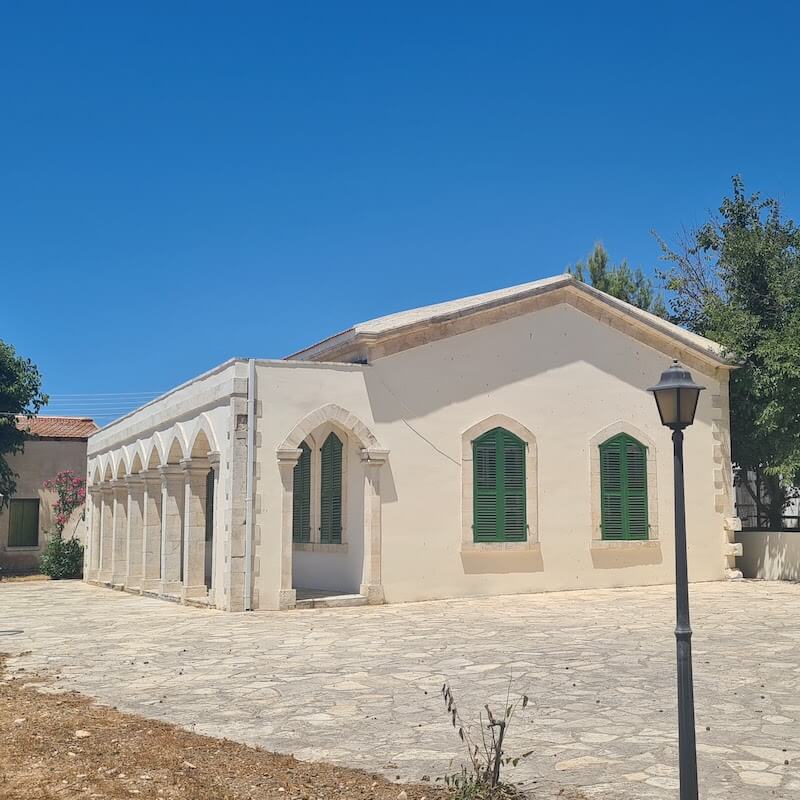
Kato Arodes is a genuine Turkish Cypriot village, where around 30 Greek Cypriot refugees live (2022), who after the Turkish invasion were transferred to Turkish Cypriot houses.
It is not known exactly whenthe village was established probably during the turkish occupation, while it appears on the map of the 19th century French historian Louis de Mas Latrie (1862) under the name Kato Aroa. During the Venetian period there was a settlement called Kato Arodes.
The Turkish Cypriot inhabitants of Kato Arodes mainly worked in livestock breeding before the Turkish invasion of 1974. Most of the toponyms of the village are Greek and bear the names of Saints, such as Agia Marina in the North, indicating that Greek Cypriots may have originally inhabited the settlement of Kato Arodes. It is believed that many Greek Cypriots, in order to avoid the unbearable taxes, were forced to convert to Islam. According to local tradition, there was a church dedicated to Agia Marina where the mosque is located today.
The spring fountain of Kato Arodes played an important role in the water supply of the village. A significant attraction of Kato Arodes is the beach in the eastern bay of the Lara peninsula, overlooking the islet of Agios Georgios of Peyia. The ruins of three watermills can be found in the Koloni area, two of which operated during the first decades of the 20th century.

Kato Arodes is a genuine Turkish Cypriot village, where around 30 Greek Cypriot refugees live (2022), who after the Turkish invasion were transferred to Turkish Cypriot houses.




Mon-Sat: 10:00 – 15:00
Sun: closed